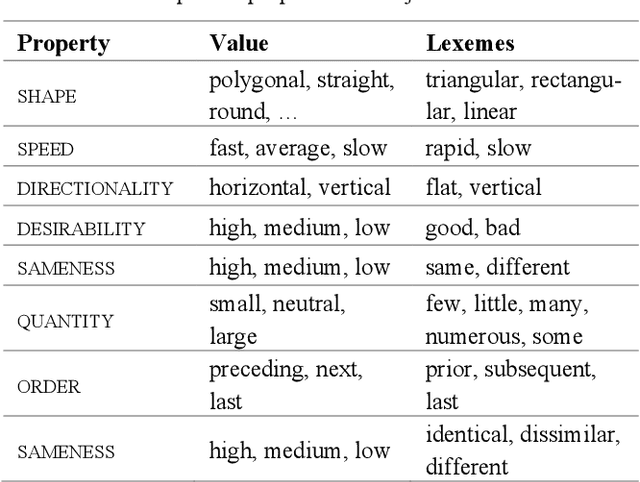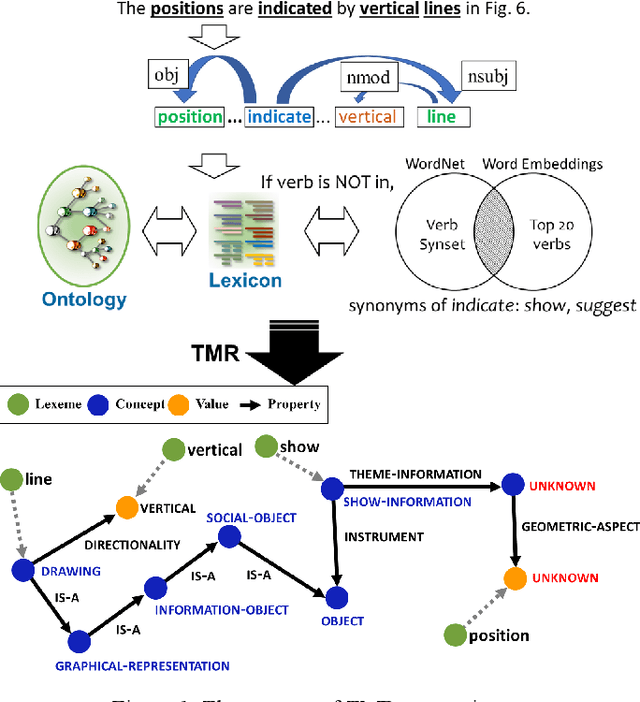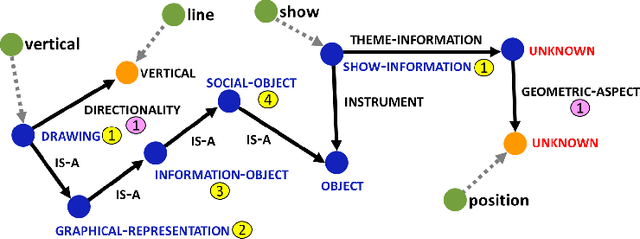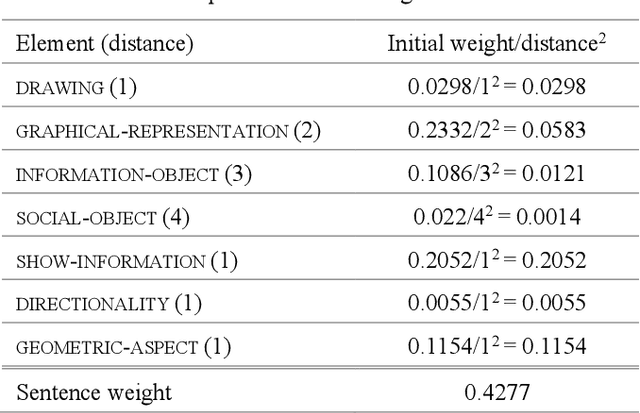Line Pouchard
PGT-I: Scaling Spatiotemporal GNNs with Memory-Efficient Distributed Training
Jul 15, 2025Abstract:Spatiotemporal graph neural networks (ST-GNNs) are powerful tools for modeling spatial and temporal data dependencies. However, their applications have been limited primarily to small-scale datasets because of memory constraints. While distributed training offers a solution, current frameworks lack support for spatiotemporal models and overlook the properties of spatiotemporal data. Informed by a scaling study on a large-scale workload, we present PyTorch Geometric Temporal Index (PGT-I), an extension to PyTorch Geometric Temporal that integrates distributed data parallel training and two novel strategies: index-batching and distributed-index-batching. Our index techniques exploit spatiotemporal structure to construct snapshots dynamically at runtime, significantly reducing memory overhead, while distributed-index-batching extends this approach by enabling scalable processing across multiple GPUs. Our techniques enable the first-ever training of an ST-GNN on the entire PeMS dataset without graph partitioning, reducing peak memory usage by up to 89\% and achieving up to a 13.1x speedup over standard DDP with 128 GPUs.
A Rigorous Uncertainty-Aware Quantification Framework Is Essential for Reproducible and Replicable Machine Learning Workflows
Jan 13, 2023Abstract:The ability to replicate predictions by machine learning (ML) or artificial intelligence (AI) models and results in scientific workflows that incorporate such ML/AI predictions is driven by numerous factors. An uncertainty-aware metric that can quantitatively assess the reproducibility of quantities of interest (QoI) would contribute to the trustworthiness of results obtained from scientific workflows involving ML/AI models. In this article, we discuss how uncertainty quantification (UQ) in a Bayesian paradigm can provide a general and rigorous framework for quantifying reproducibility for complex scientific workflows. Such as framework has the potential to fill a critical gap that currently exists in ML/AI for scientific workflows, as it will enable researchers to determine the impact of ML/AI model prediction variability on the predictive outcomes of ML/AI-powered workflows. We expect that the envisioned framework will contribute to the design of more reproducible and trustworthy workflows for diverse scientific applications, and ultimately, accelerate scientific discoveries.
Figure Descriptive Text Extraction using Ontological Representation
Aug 11, 2022



Abstract:Experimental research publications provide figure form resources including graphs, charts, and any type of images to effectively support and convey methods and results. To describe figures, authors add captions, which are often incomplete, and more descriptions reside in body text. This work presents a method to extract figure descriptive text from the body of scientific articles. We adopted ontological semantics to aid concept recognition of figure-related information, which generates human- and machine-readable knowledge representations from sentences. Our results show that conceptual models bring an improvement in figure descriptive sentence classification over word-based approaches.
 Add to Chrome
Add to Chrome Add to Firefox
Add to Firefox Add to Edge
Add to Edge